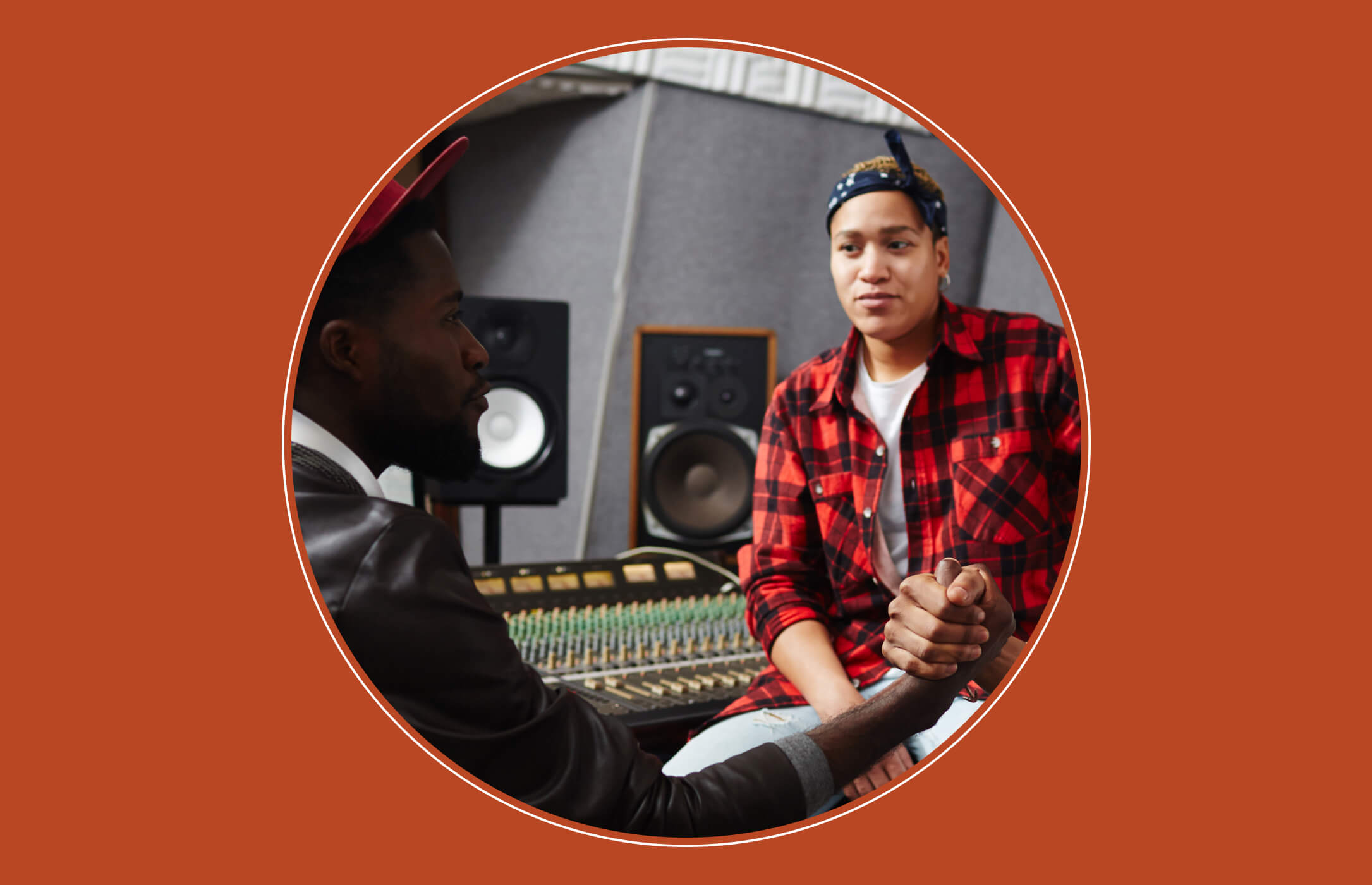Improving Your Mixes with Analogue Warmth
In this piece we’ll look at what analogue warmth is and how to incorporate it into your recordings and mixes. Warmth is a popular topic in the world of audio production, and the prevalence of practically all digital signal routes has made recording, mixing, and mastering your music much more affordable. However, many musicians, producers, and engineers believe that new digital production methods occasionally lack an elusive sound quality.
Since the proliferation of domestic and DIY audio production, three common techniques in music recording and production have all but vanished: multi-track tape machines, huge format analogue consoles, and large recording studio areas. The character of audio in current productions has undoubtedly changed as a result of these changes.
Warmth in recordings and mixes can be defined in a variety of ways.
Analogue warmth is subjective and difficult to convey in words, with each individual’s judgment differing somewhat. However, there appear to be a few statements that are widely acknowledged as defining warmth in a mix or recording.
- Instruments are blended together without sacrificing their own tonal and stereo image spaces.
- There is a lack of harshness and a rounded tone to the sound.
- The lower mid range has a powerful and silky tone.
- It’s not very bright, and the brightness that is present is evenly distributed.
- Low frequency range with a lot of punch.
Warmth can mean a lot of different things to me. I recall analogue tape recordings from the 1970s that I would characterize as warm. With simple attenuation of high frequencies, I can also achieve what I classify as warm. A very rounded tone with a strong lower mid presence can seem warm to the ear in some cases. In light of this, I’d like to offer some tips on how to make warmer-sounding mixes and recordings.
What equipment and techniques can we use to enhance warmth?
Set up microphones for all live-music recordings; experiment with alternate mic positioning or mic choices to produce less brilliant recordings, but be careful not to box yourself in. Double-mike instruments with supplementary ribbon or dynamic mics in addition to your usual options. Certain audio transformers, which can reduce harshness in the high registers and provide greater body in the lower mid range, are a popular source of warmth. A wide range of vintage and retro mic pre-amps with audio transformers at the input stage are available. Audio transformers are utilized at the inputs and outputs of equipment and can be found in a wide range of outboard gear, including equalizers, compressors, and microphones. In the search for warmth, they are frequently disregarded.
Equalization is one of the most potent strategies for generating warmth that is often underestimated. You have the ability to shape and change sounds as needed. To lessen harshness, presence, and brittleness in a mix, don’t be hesitant to experiment with rolling off high frequencies. You can also use EQ to soften effects returns and make them blend better with the source. Fast attack times with 1dB or more of gain reduction can perform wonders in smoothing out abrasive, harsh, and violent transients in a mix, and compression has the capacity to soften transients in recordings. When gently overloaded, analog tape provided a natural form of compression. It’s a strategy that can be really effective. A sensation of “wholeness” can also be achieved with very gentle group or master bus compression.
Aside from these basic instruments, there is a software recreation of nearly every piece of traditional analogue studio equipment ever produced. Valve/tube saturation is frequently used in these software emulations. Valves, in my experience, do not enhance warmth per se, but they might give the impression of thickening a sound by adding harmonics. Some emulations are superior to others, so keep an open mind when downloading demos and spending some quality listening time with them. Try to figure out which ones seem to have that extra touch in terms of tone.
You should be able to start adding warmth to your mixes by experimenting with these strategies and instrument selections. Take some time to relax your ears overnight when experimenting with audio creation, and double-check that you haven’t applied too much processing.



